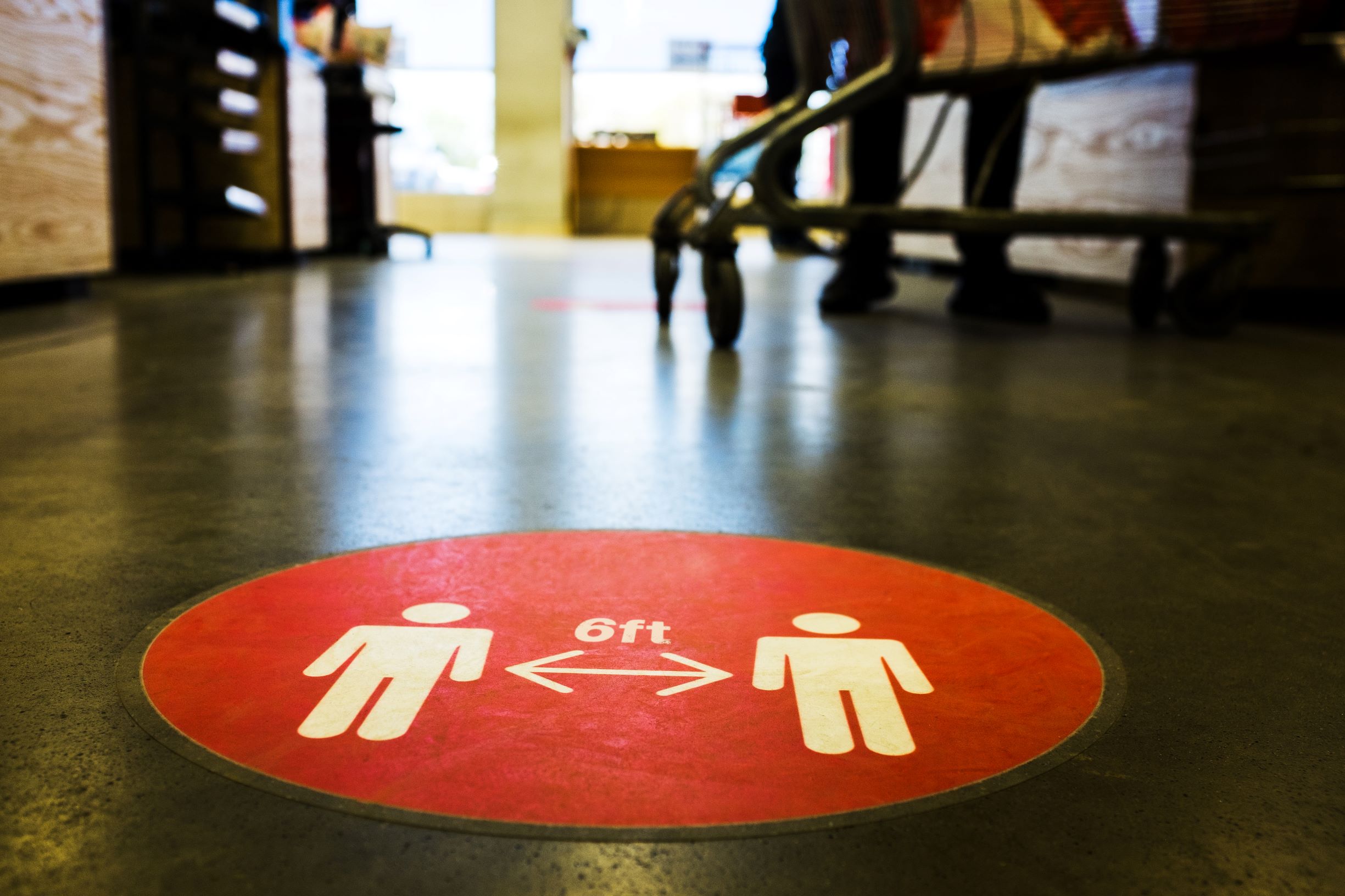WHO releases new COVID-19 guidance on airborne transmission, but it doesn't change much
WHO said airborne transmission of COVID-19 "cannot be ruled out."

The World Health Organization (WHO) has released updated guidance on the role of airborne droplets in transmission of COVID-19, but the institution's stance on the topic remains largely unchanged.
Airborne transmission means that the illness might have the potential to spread through particles known as aerosols, which can hover in the air after a person has left the area.
In the new guidance, released Thursday (July 9), WHO said that airborne transmission of COVID-19 in crowded, indoor locations with poor ventilation "cannot be ruled out." (Previously, WHO said that airborne transmission of the new coronavirus was a concern only in hospital settings during certain medical procedures, such as when a patient is being intubated with a breathing tube.)
Some reports of outbreaks occurring in restaurants, choir practice and fitness classes have suggested the possibility of airborne transmission, the WHO conceded. But critically, WHO said that other forms of transmission, such as transmission through larger droplets released in coughs and sneezes and via contaminated surfaces, could still explain these clusters. The guidance also reviews evidence for airborne transmission in laboratory settings, but notes that these lab conditions don't necessarily reflect the real word.
Overall, WHO maintains that COVID-19 is largely spread through droplet transmission, when larger droplets from coughs and sneezes are expelled from people's mouths and fall quickly to the floor or onto another person.
Still, WHO made the recommendation for people to "avoid crowded places, close-contact settings and confined and enclosed spaces with poor ventilation," in addition to practices such as wearing fabric masks or face coverings in public places.
The new guidance comes after more than 200 scientists signed a letter urging WHO to acknowledge the role of airborne transmission with COVID-19.Despite this letter, infectious disease experts contacted by Live Science said it's not clear that airborne transmission is playing a big role in the diseases's spread.
Get the world’s most fascinating discoveries delivered straight to your inbox.
"Aerosol transmission can occur, but it is probably a relatively minor route, and it won't make much difference to the course of the pandemic," Paul Hunter, a professor at the University of East Anglia in the United Kingdom and a member of WHO's infection prevention committee, told Live Science in an interview earlier this week.
Originally published on Live Science.

Rachael is a Live Science contributor, and was a former channel editor and senior writer for Live Science between 2010 and 2022. She has a master's degree in journalism from New York University's Science, Health and Environmental Reporting Program. She also holds a B.S. in molecular biology and an M.S. in biology from the University of California, San Diego. Her work has appeared in Scienceline, The Washington Post and Scientific American.


